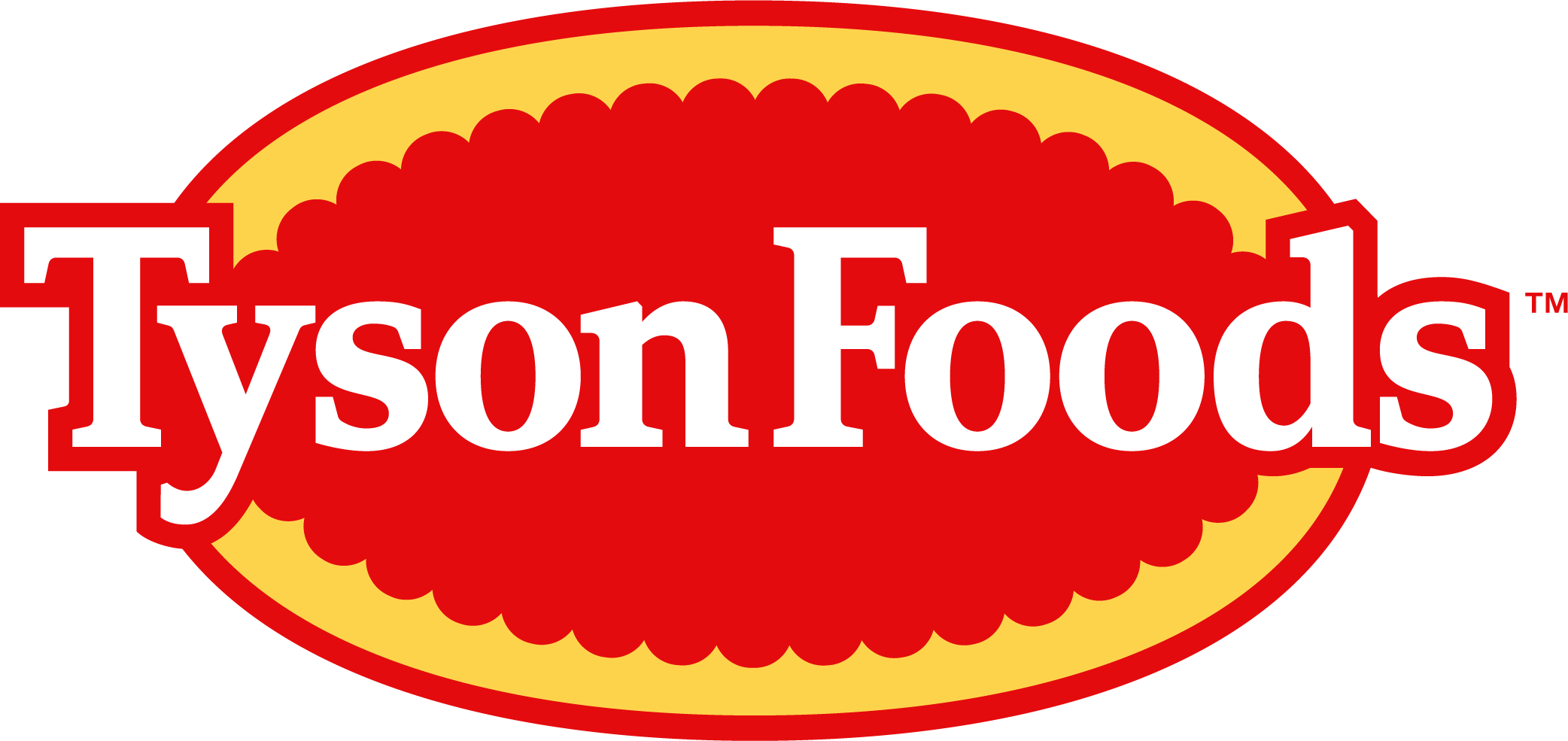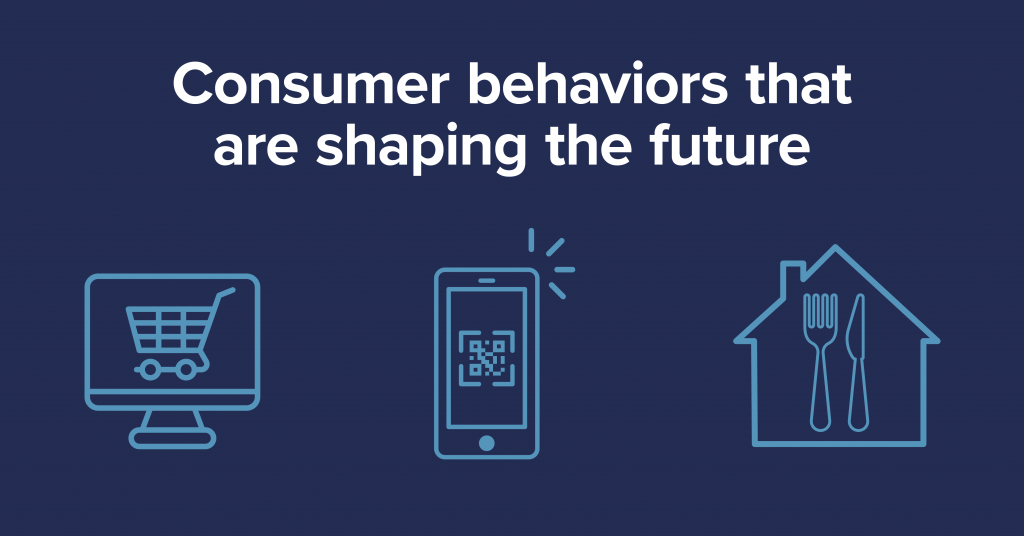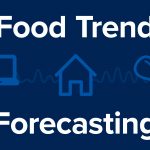Life has changed a lot in the past eight months. While we hope many aspects of the reality of today are short-term, we can’t help but recognize that we’ve all made changes to accommodate our new normal.
And now that we’ve adjusted our thinking and behaviors, there’s no reason to think a magic button will send us all back to the pre-COVID world. Change will stick. We’ll see new attitudes and behaviors emerge, and old ones change course; all of which will shape the future of culture and our businesses.
Many industries have been negatively impacted by the pandemic, and as a result, consumer confidence is lower than it’s been in years, as people are uncertain about the future.
The impact of this pandemic refocuses our thinking, our overall attitudes, and resulting behaviors. We’re seeing this start to come to life in four key areas that illustrate consumer desire to protect basic needs, embrace new ways of living, and seek to belong within an evolving culture.
Shifted Health and Safety Perspectives
Consumers say focusing on health is more important than ever before. They increasingly look to food to build immunity and manage mental health, and they are changing their lifestyle to focus on safety.
We’ve seen a significant uptick in online grocery shopping, and more than half of consumers say they delay grocery trips for fear of getting sick. Our grocery retailers and foodservice operators have adjusted their business models to accommodate.
For example, Open Table, a restaurant reservation service, has repurposed its offering to allow shoppers to use the app to save a spot in line at the grocery store. Many grocers have installed plexiglass for protection and eliminated open food/self-service models.
Meanwhile, restaurant menus are now available via scanning QR codes, as paper is eliminated as a safety measure. As far as transportation goes, consumers have shifted away from public transit, with many even indicating that they are planning to buy a new vehicle since they feel safest driving their own car.
Why will it stick? COVID-19 concern remains high, and most consumers believe the pandemic will last a long time. Our research shows only around half of consumers believe we will get back to normal when COVID ends.
As far as health and safety in the world of food and beverage goes, we saw an increase in health-related label trends in the ’08 -’09 recession. As consumers seek health benefits in times of uncertainty, we’d only expect this to be exacerbated with the pandemic and uncertainties it brings. Lastly, grocers and restaurants have made substantial changes that we would expect to continue well beyond the pandemic.
Dependence on Tried and True
Consumers are gravitating toward comfort in a time of uncertainty. While grocery purchases surge, we see comfort and nostalgic foods come out the big winners; mac & cheese, cereal, and popcorn top the list.
Beyond food, in June, Amazon reported Uno and Connect Four as the top selling games, and online music purchases were heavily skewed to favorites from 20+ years ago. Large, trusted brands gain traction, as consumers say that they’d prefer to spend their money right now on things they already know will be good.
Consumers are limiting spending as there continues to be concern for financial stability. Our internal research shows over 1 in 3 consumers say they are limiting their spending on everyday purchases, and spending cuts are consistent across income groups.
Why will it stick? This trend is highly emotional; that alongside continued spending limitations, suggest longevity. Consumers will continue to be unwilling to take on more risk by spending on unproven goods. Lastly, as we look to the ’08 – ‘09 recession for guidance, we saw top recipes representing comfort fare (e.g. pot pie, casseroles).
Changing Routines
COVID-19 has driven uncomfortably immediate life changes for many people. We’ve been thrown into developing different working and non-working styles. With many consumers working from home, without a commute and/or with kids at home, new routines have developed.
In-home exercise equipment is one of the few industries that has seen tremendous growth, and bike trends skyrocket, in many cases making it very difficult to purchase one. Do-it-yourself beauty products also see significant growth, as consumers learn to do their hair and nails themselves; a skill that is not likely to fully fade post-pandemic.
Priorities shift and this impacts the way we eat, too. Consumers note changing their routine to ‘fit around eating’ vs. the other way around – particularly in the morning. The need for convenience is not as dire, and consumers are sourcing more meals from home, most notably for breakfast. Many note that making food is not as difficult as they had once felt.
Why will it stick? Many of these new routines will become permanent as working from home norms are expected to evolve and consumers learn how to do things themselves that they used to depend on others for. New routines have begun to feel permanent as pandemic mentality and way of life continues. As far as morning eating goes, we expect longevity of this change in behavior as consumers adjust to their new routines.
Tipping Point on Virtual Connectivity
Virtual interaction has begun to feel normal, as consumers find new ways to connect with each other. Zoom quickly became synonymous with connectivity and the Houseparty app noted 50M new signups in April of this year.
Consumer trial and frequency of purchase online has taken off – for food and other goods. Higher income consumers are most likely to shift to online, with our research noting 40% of online food purchases in April were for $150k+ households.
Telehealth has become a necessity for most practices, with the industry noting tremendous growth in availability and usage this year. Peloton notes 5x the downloads of their virtual connectivity program at the start of the pandemic, a number which has continued to grow. Lastly, we’ve seen location-dependent disruption in many industries, but particularly for food and beverage. Starbucks announced the closing of up to 400 stores over the next 18 months given a move to a new ‘pick-up’ model, while Mariano’s grocers tests a pick-up only store pilot.
Why will it stick? The greatest hurdle to online purchases is consumer willingness to dip a toe in for the first time; shifting from traditional shopping behavior to a new way of buying. With tremendous growth in trial and comfort with the online model during the pandemic, we can expect a permanent impact.
Being forced to embrace a virtual solution has enabled success much more quickly than otherwise. Many businesses learn this model is also more cost effective. Lastly, physical locations were already struggling in many industries, and COVID has accelerated negative performance, often to the point of closure or bankruptcy. With consumers accepting these new models, we can expect the marketplace to continue to evolve.
The pace of change is greater than it has been in the past. We’ll continue to keep a close pulse on how our consumers are feeling and the choices they are making. Times like these offer an opportunity for Tyson Foods to focus on helping our consumers as they develop new routines and expectations.


